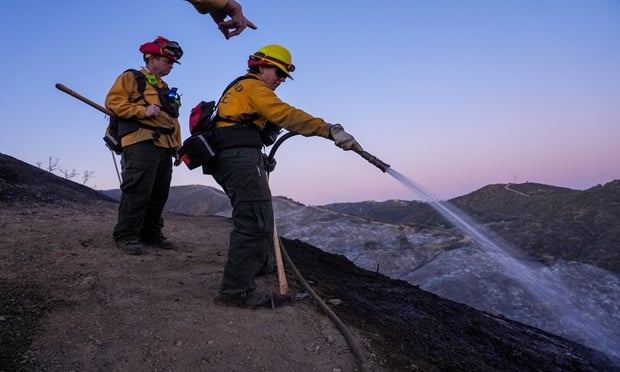NU Online News Service
Nearly 44 percent of small firms are operating without a business continuity strategy in case of disaster, and almost two-thirds have never even spoken to their insurance agents about contingency planning, a survey by Travelers revealed.
The survey--conducted last month at the U.S. Chamber of Commerce America's Small Business Summit 2010, in Washington, D.C.--found that risk prevention is often not "top of mind" among the 101 small-business owners queried, who are instead focused on sales and marketing opportunities, explained Robyn Hahn, vice president of marketing research and development with Travelers.
"Fifty-five percent of small-business owners spend less than 10 percent of their time" on risk management, she noted, although 60 percent felt they were able to make the time, if necessary.
"It is concerning when you look at the small amount of time small-business owners are spending on identifying and preventing risk. Perhaps the question really is, do they have a good, solid understanding to assess business risks, and is there an opportunity to educate," Hahn said.
She pointed out that this gives agents and brokers a chance to offer their services in lieu of the chief risk officer position lacking at most small businesses.
Instead of "just considering that their policies will be there should something happen," this presents an opportunity for agents and brokers to be a professional partner "and establish themselves with a different value proposition." she said, adding that it's a chance to remind clients that "advice is a policyholder benefit."
Hahn also noted that agents in turn look to carriers to "assist with that value proposition"--a role that presents opportunities to carriers as well.
In studying the results, she said, another statistic showed that small-business owners who aren't looking to their insurance agent and broker as a risk management source turn to their attorneys and peers, and also rely on their own experience.
John P. O'Connor, vice president of product and underwriting for Travelers, told National Underwriter that small businesses are most vulnerable to disaster because larger companies have risk managers and sometimes a redundancy of operations. Owners of smaller firms, on the other hand, "wear a lot of hats and get information from a couple of different sources."
He said that 10 years ago a business suffering a disaster could shut down for a week or even a month and retain the same customers when they open up--and survive.
"In today's world," he added, however, "there's an expectation of continuity. So if you shut down for a period of time and you're not able to contact customers, or maintain service with a customer, there's a good likelihood that even after you rebuild or get operations up and running again, those customers won't be there."
He said "that's what business continuity planning is about--helping them bring continuity to their operations so they can maintain services through this process."
Nim Traeger, second vice president, casualty services, at Travelers Risk Control, observed that small businesses are often in a single location, making them dependent on their community. A large organization may have another site where they can shift operations temporarily, if needed.
"The loss doesn't have to be that significant for a small business to perceive it as significant," she said.
Among the key points revealed by a Travelers survey of 101 small-business owners:
o Sixty-four percent have never spoken with their insurance agents about developing a business continuity plan.
o Only 10 percent cite their insurance agents as a primary resource for help in identifying and managing business risk. Most rely primarily on attorneys (28 percent), their own experience (23 percent) or their peers (25 percent).
o Nearly half (44 percent) are operating without a business continuity plan--despite American Red Cross data that as many as 40 percent of small businesses do not reopen after a disaster.
o More than half (55 percent) spend less than 10 percent of their time identifying and preventing business/operational risks.
Want to continue reading?
Become a Free PropertyCasualty360 Digital Reader
Your access to unlimited PropertyCasualty360 content isn’t changing.
Once you are an ALM digital member, you’ll receive:
- Breaking insurance news and analysis, on-site and via our newsletters and custom alerts
- Weekly Insurance Speak podcast featuring exclusive interviews with industry leaders
- Educational webcasts, white papers, and ebooks from industry thought leaders
- Critical converage of the employee benefits and financial advisory markets on our other ALM sites, BenefitsPRO and ThinkAdvisor
Already have an account? Sign In Now
© 2025 ALM Global, LLC, All Rights Reserved. Request academic re-use from www.copyright.com. All other uses, submit a request to [email protected]. For more information visit Asset & Logo Licensing.








